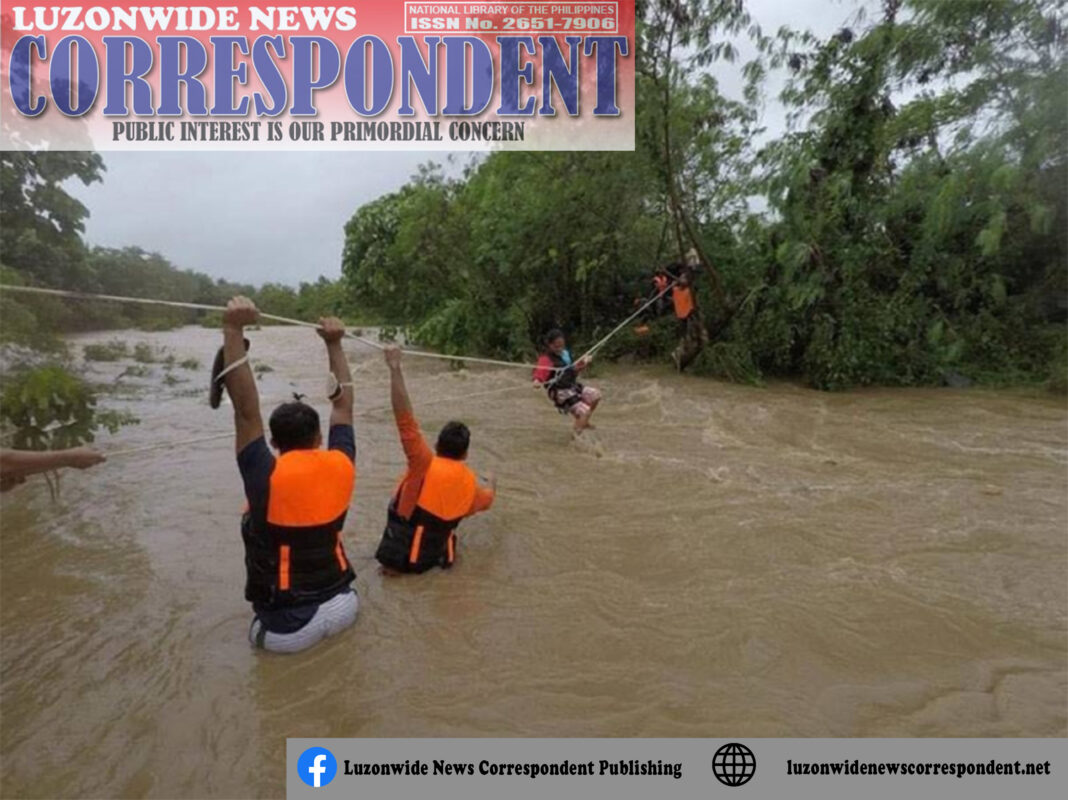
By Vince Jacob Visaya, Manila Times Correspondent
TUGUEGARAO CITY: A sustainable funding for infrastructure and anti-flood projects will prevent a repeat of the devastation from last year’s Typhoon “Ulysses,” said Cagayan Third District Rep. Joseph Lara, head of the Technical Working Group (TWG) on the massive flooding in Luzon.
“It does not matter if the funding will be a ten-year or 20-year budget. As long as we can address the problems and spend funds for ‘urgently needed’ anti-flood projects to prevent soil erosions, among others,” the lawmaker said shortly after he led the day-long House of Representatives’ Technical Working Group consultation with stakeholders on Friday at the Pulsar Hotel here.
Lara said they will finalize the outcome of the hearing soon as “the committee is identifying needed infrastructure projects and government intervention programs to prevent a similar disaster from happening again.”
“The TWG’s end goal of the inquiry has been to determine and adopt appropriate interventions that will prevent similar disasters from happening in the future,” he explained.
Lara said the House of Representatives will act on the proposals and address the problems emanating from the massive flooding. The hearings were postponed many times because of the pandemic.
He noted that the discharge of water from the Magat Dam during Typhoon Ulysses was only one of the factors that caused the massive flooding in Cagayan and Isabela.
The committee has identified other factors in the massive flooding as the excessive and continuous rain causing the saturation of soil in large areas, massive siltation of the Cagayan River basin, denuded mountains in the watershed areas as a result of illegal logging, mining and quarrying, and soil erosion due to deforestation.
An updated protocol system on dam management, Cagayan River basin and tributary rehabilitation plan, and replication of the plan in other river basin areas with similar flooding problems to prevent similar disasters have been proposed, National Irrigation Administration acting division manager Carlo Ablan said during the hearing.
Members from the Office of the Civil Defense, National Disaster Risk Reduction and Management Council, Philippine Atmospheric, Geophysical and Astronomical Services Administration, and National Water Resources Board have proposed structural and vegetative measures to ease water flow in the Cagayan river such as the removal and dredging of sandbars, desilting of Magat Dam, construction of riverbank protection structures, channel widening and realignment, opening of secondary channels, and construction of dams, dikes and small water impounding projects.
The establishment of buffer zones such as tree lanes and vegetation shields, further strengthening of the National Greening Program, and promotion of agroforestry and sloping agricultural land technology to control soil erosion have also been proposed.
The Magat Dam, which was built to last for 100 years or more, has been tagged as one factor in the flooding “but it is just one of the factors, not the main factor,” Lara added.#






